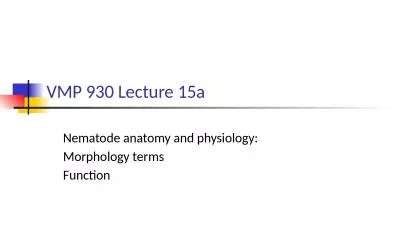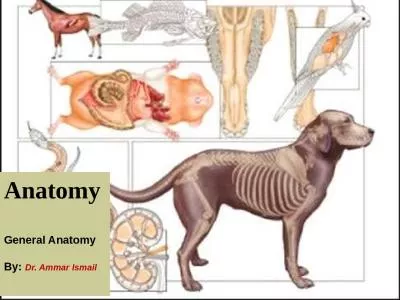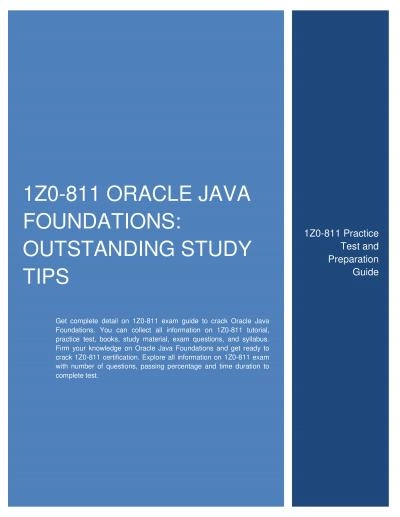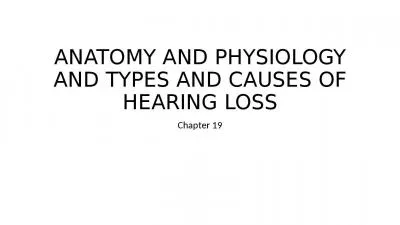PPT-1 Foundations of Human Anatomy and Physiology
Author : escapistlego | Published Date : 2020-08-27
Lesson 11 The Language of Anatomy and Physiology Lesson 12 Basic Physiological Processes Lesson 13 How Forces Affect the Body Lesson 14 Understanding Science Lesson
Presentation Embed Code
Download Presentation
Download Presentation The PPT/PDF document "1 Foundations of Human Anatomy and Physi..." is the property of its rightful owner. Permission is granted to download and print the materials on this website for personal, non-commercial use only, and to display it on your personal computer provided you do not modify the materials and that you retain all copyright notices contained in the materials. By downloading content from our website, you accept the terms of this agreement.
1 Foundations of Human Anatomy and Physiology: Transcript
Download Rules Of Document
"1 Foundations of Human Anatomy and Physiology"The content belongs to its owner. You may download and print it for personal use, without modification, and keep all copyright notices. By downloading, you agree to these terms.
Related Documents

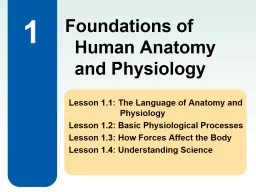
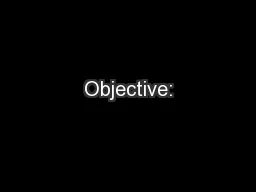
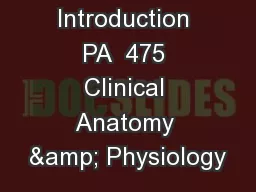
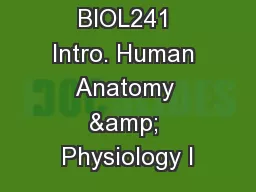
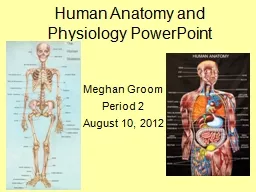
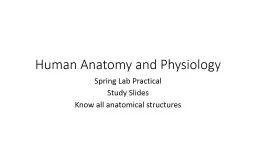
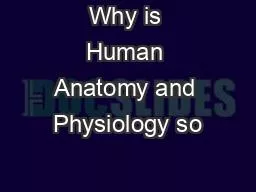
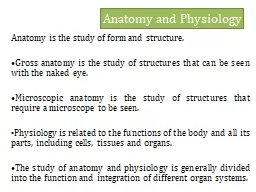
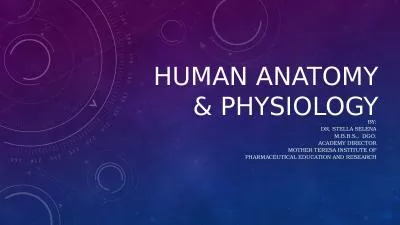
![[DOWNLOAD] Human Anatomy Coloring Book: Bones. Medical Notes | Detailed illustrations](https://thumbs.docslides.com/1006987/download-human-anatomy-coloring-book-bones-medical-notes-detailed-illustrations-learn-the-skeletal-system-anatomy-and-physiology-coloring-workbook-with-nurses-doctor-and-all-lovers-of-anatomy.jpg)
